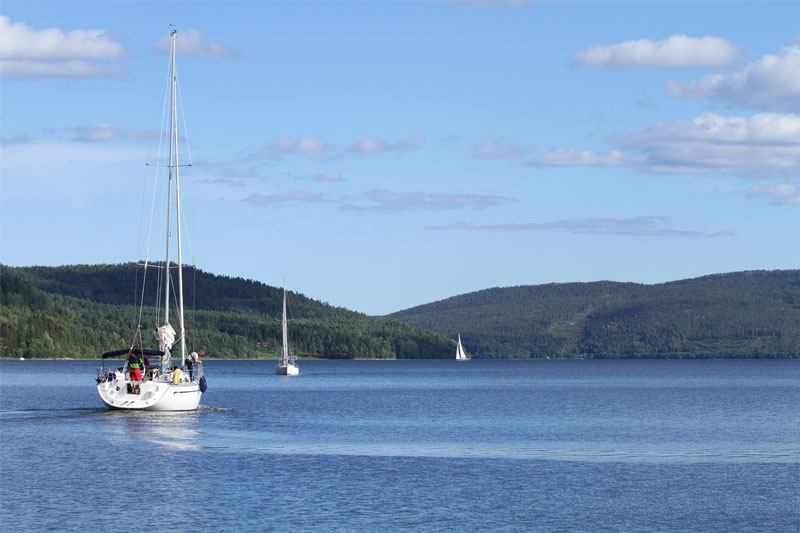The High Coast was inscribed on the UNESCO's World Heritage list in the year 2000.
World Heritage are the cultural and natural sites that are the heritage of humanity. The safeguarding of these sites is the shared responsibility of all. The World Heritage Convention for the protection of the World's Natural and Cultural Heritage was adopted by UNESCO in 1972 and has been ratified by 183 states. There are 830 World Heritage worldwide.
"A World Heritage site is a place of natural or cultural interest which is so valuable that it is important for the whole of humanity. It is a place, site, environment, or object which provides unique testimony to the history of the earth and of mankind. Once inscribed on the prestigious World Heritage List, it is guaranteed protection and care for all time. Sweden has fifteen sites on the list."
This definition is from Riksantikvarieämbetet - The National Heritage Board, the agency of the Swedish government that is responsible for heritage and historic environment issues. (More info)
Heritage is our legacy from the past, what we live with today, and what we pass on to future generations. Our cultural and natural heritage are both irreplaceable sources of life and inspiration. Places as unique and diverse as the wilds of East Africa’s Serengeti, the Pyramids of Egypt, the Great Barrier Reef in Australia and the Baroque cathedrals of Latin America make up our world’s heritage.
What makes the concept of World Heritage exceptional is its universal application. World Heritage sites belong to all the peoples of the world, irrespective of the territory on which they are located.
The overarching benefit of ratifying the World Heritage Convention is that of belonging to an international community of appreciation and concern for universally significant properties that embody a world of outstanding examples of cultural diversity and natural wealth.
The States Parties to the Convention, by joining hands to protect and cherish the world's natural and cultural heritage, express a shared commitment to preserving our legacy for future generations.
Heritage and development
It is widely recognised that environmental sustainability corresponds with social and economic prosperity. Environmental degradation is by the World Health Organization directly linked to negative health and development impacts. This is especially the case in poorer countries, where the burden of ecosystem impairment much stronger affects communities that depend on local resources, without the financial abilities to offset the degradation of ecosystem services.
The Convention encourages the States Parties to involve local communities in planning and management of properties. Successful protection of heritage depends on the ability to provide opportunities and benefits to the communities within and surrounding the properties.
The intention of World Heritage sites is to feature natural and cultural properties of outstanding universal value as well as best practice management plans that may function as models for other protected areas.
The Criteria for Selection
To be included on the World Heritage List, sites must be of outstanding universal value and meet at least one out of ten selection criteria explained in the Operational Guidelines for the Implementation of the World Heritage Convention which, besides the text of the Convention, is the main working tool on World Heritage. The criteria are regularly revised by the Committee to reflect the evolution of the World Heritage concept itself.
(More info about UNESCO's World Heritage mission and the Convention concerning the Protection of the World Cultural and Natural Heritage, adopted by UNESCO in 1972 athttp://whc.unesco.org/en/about/)










